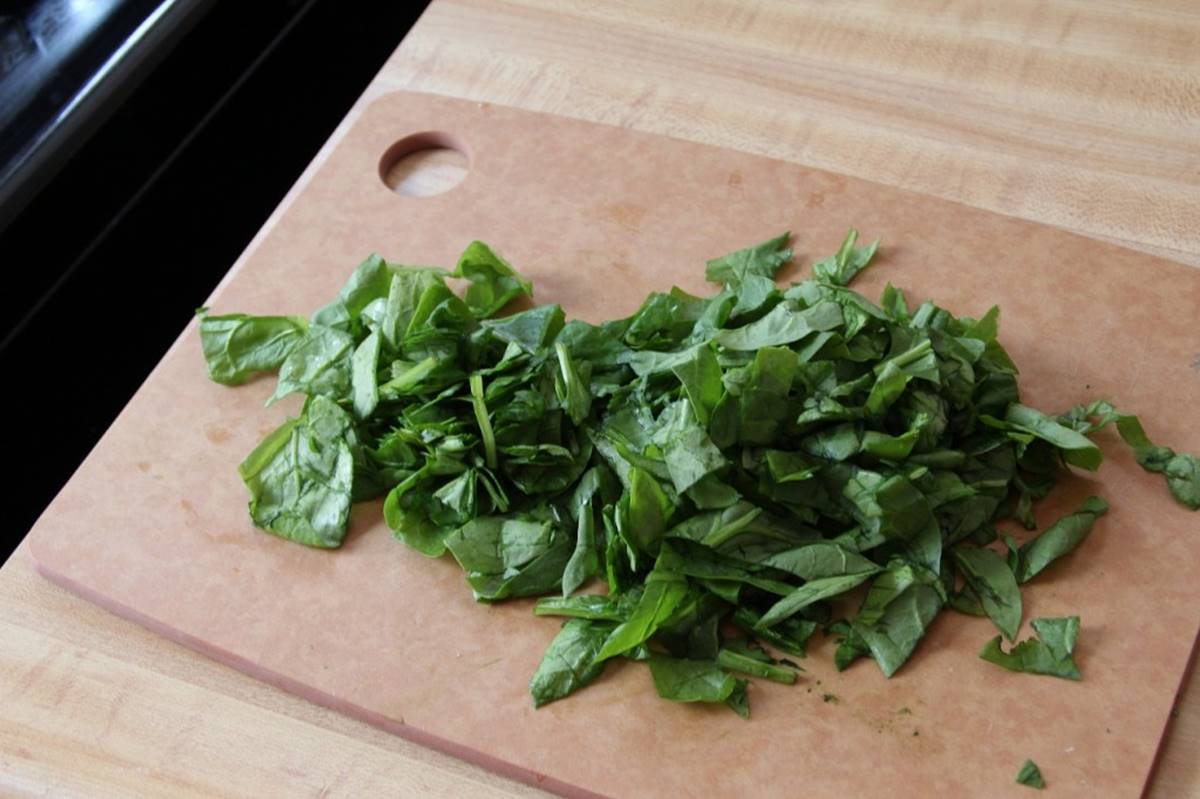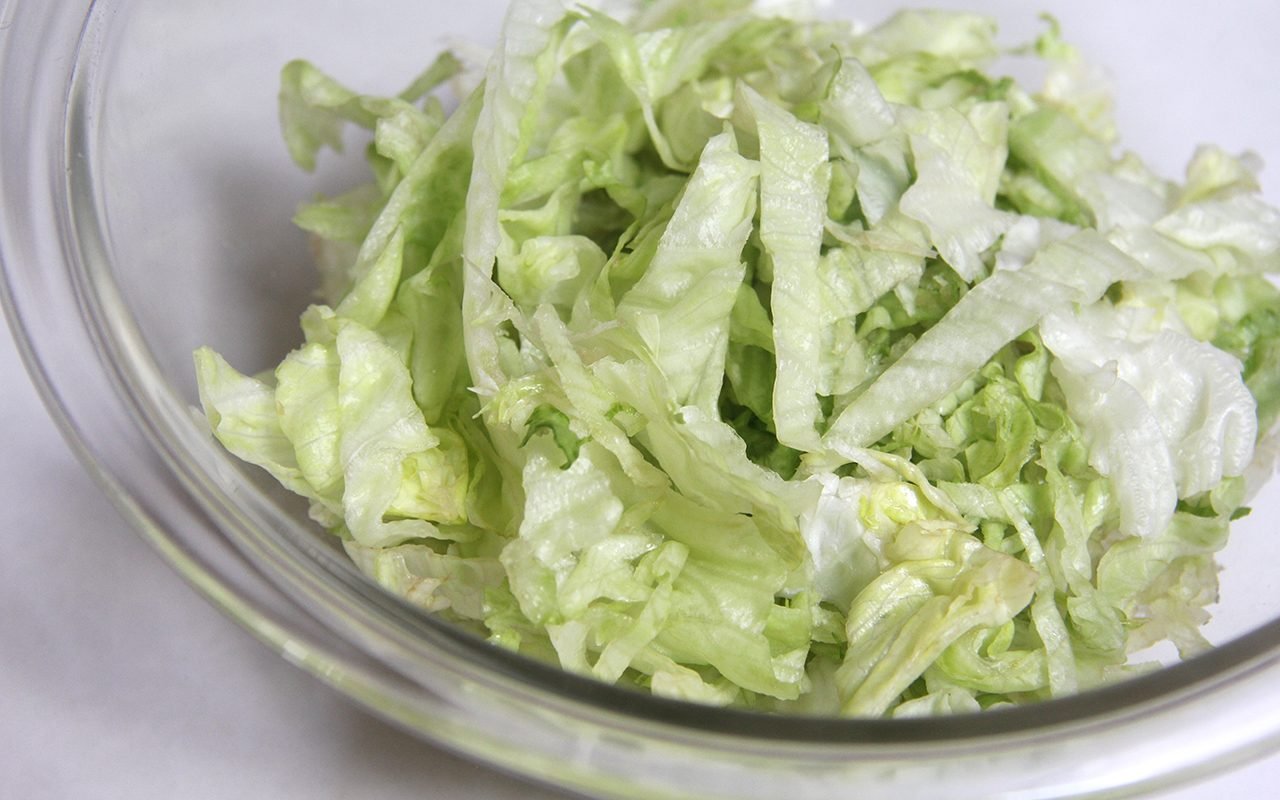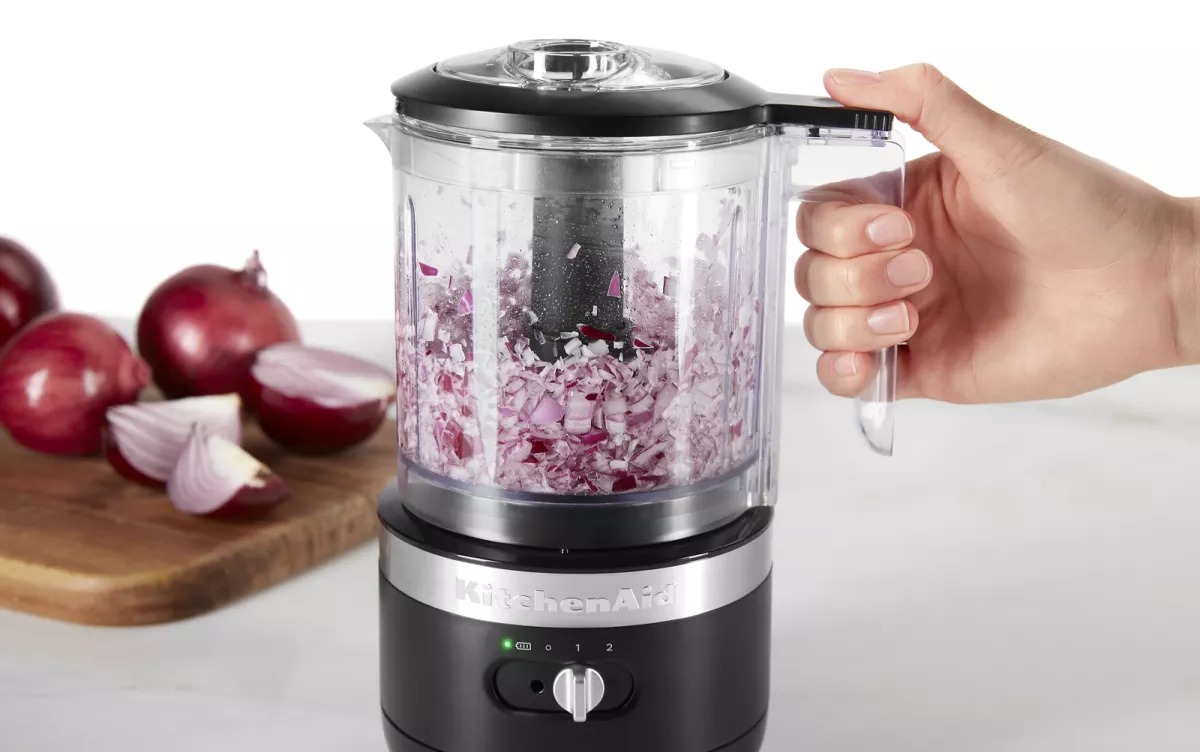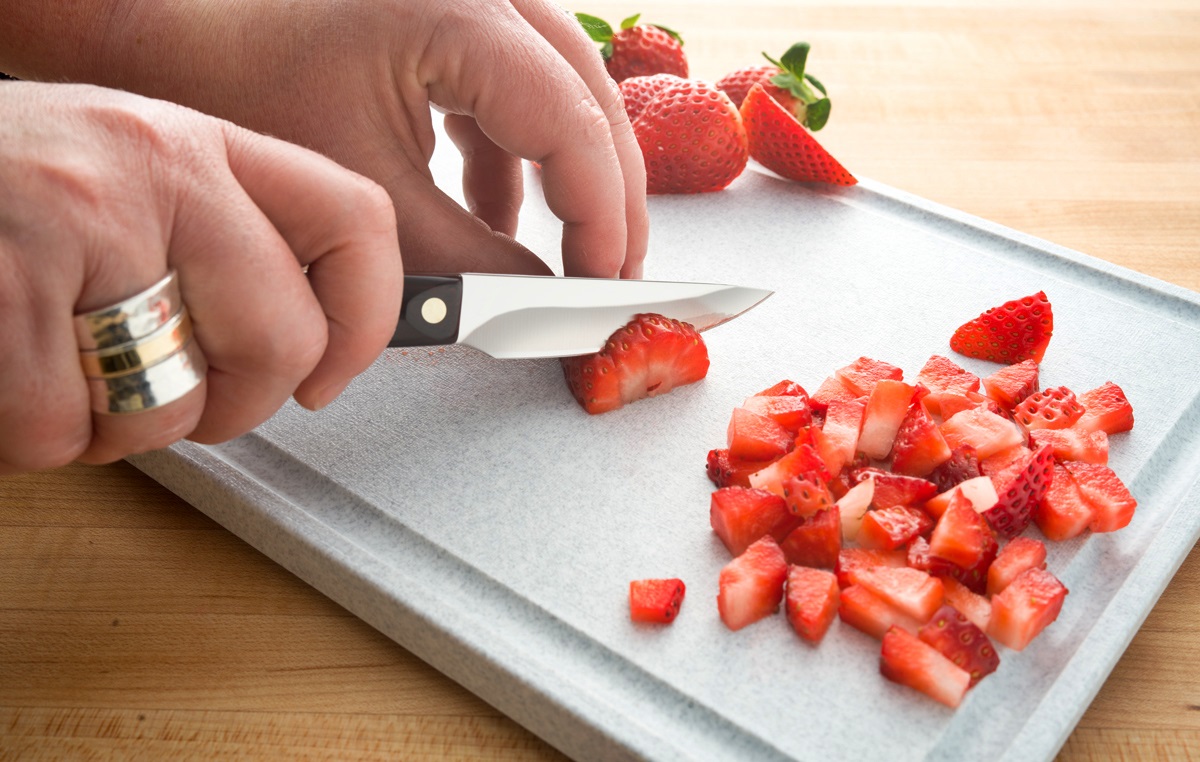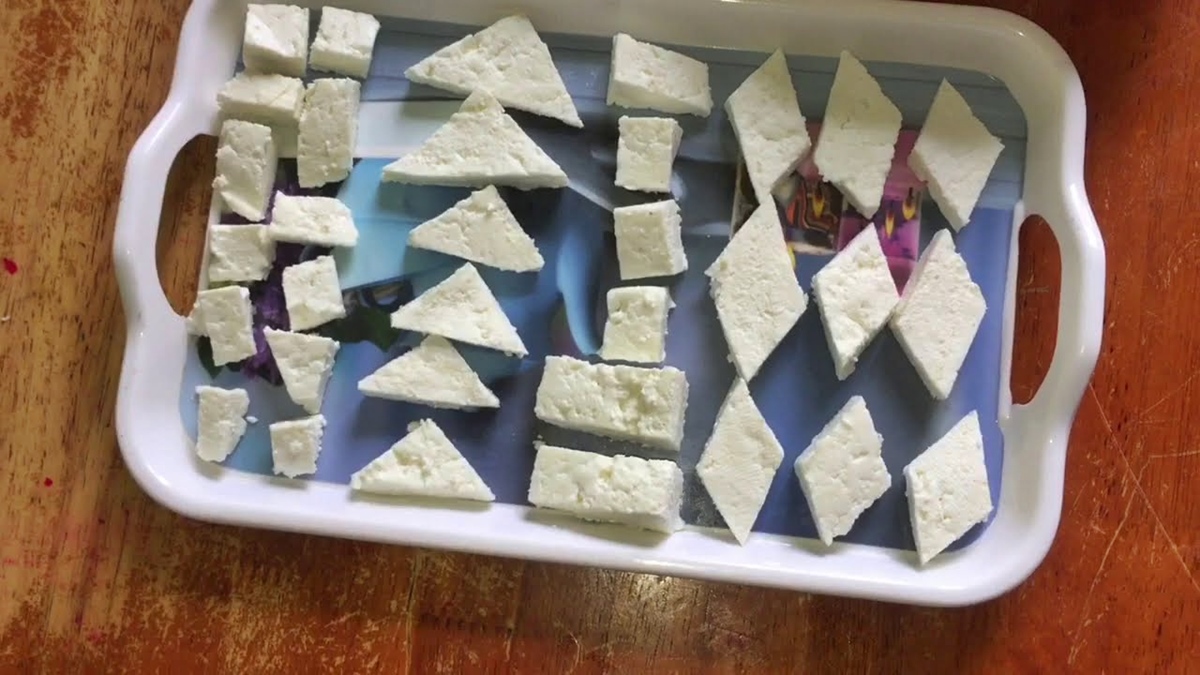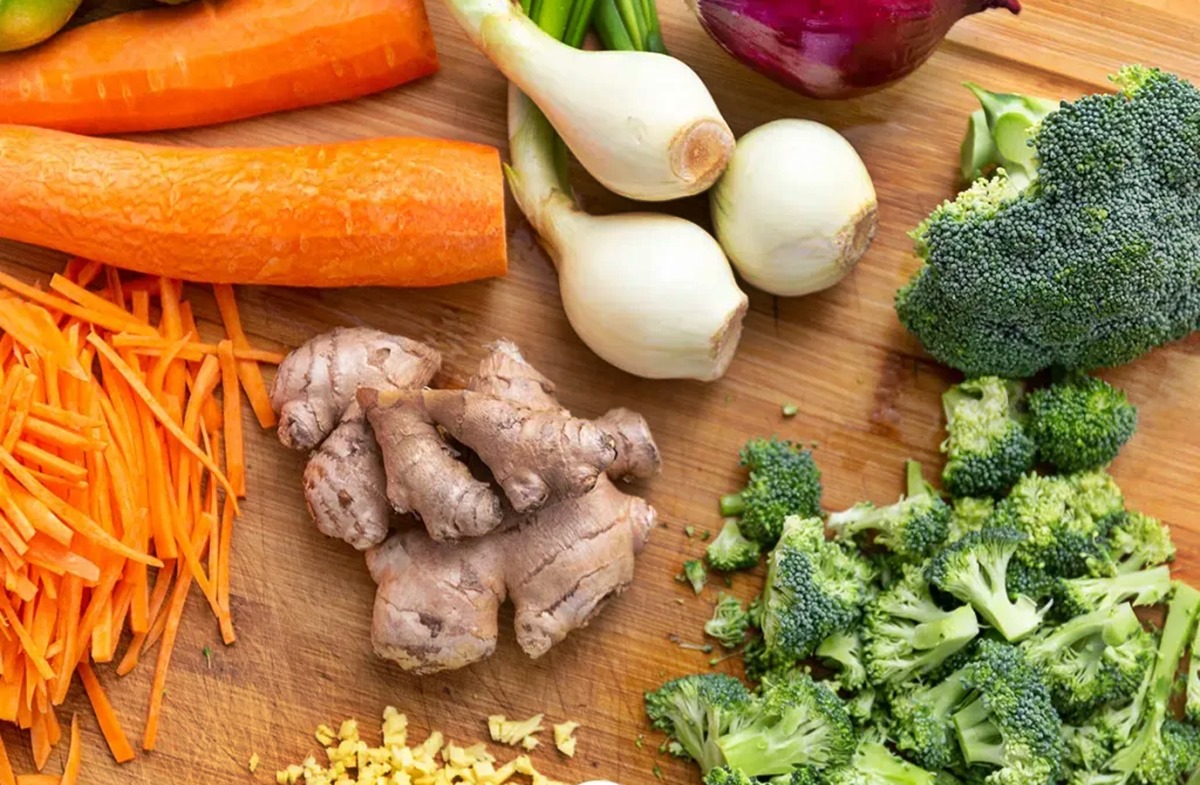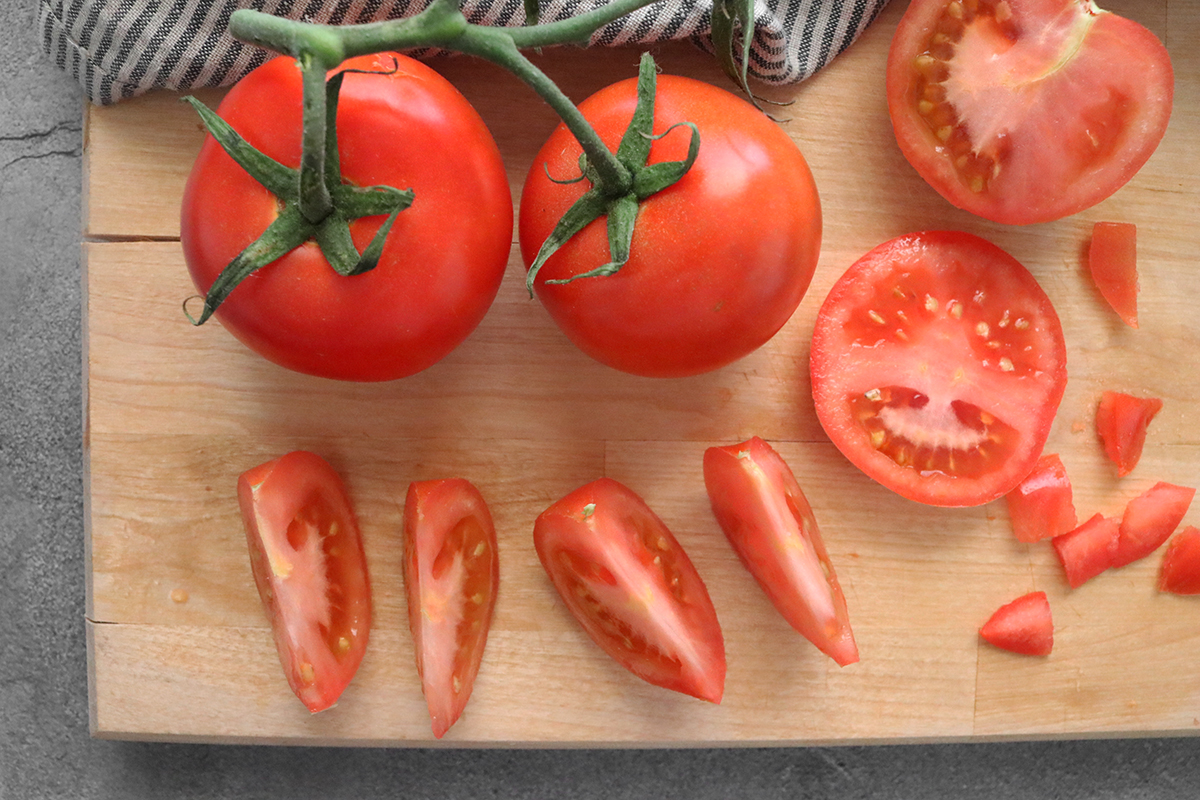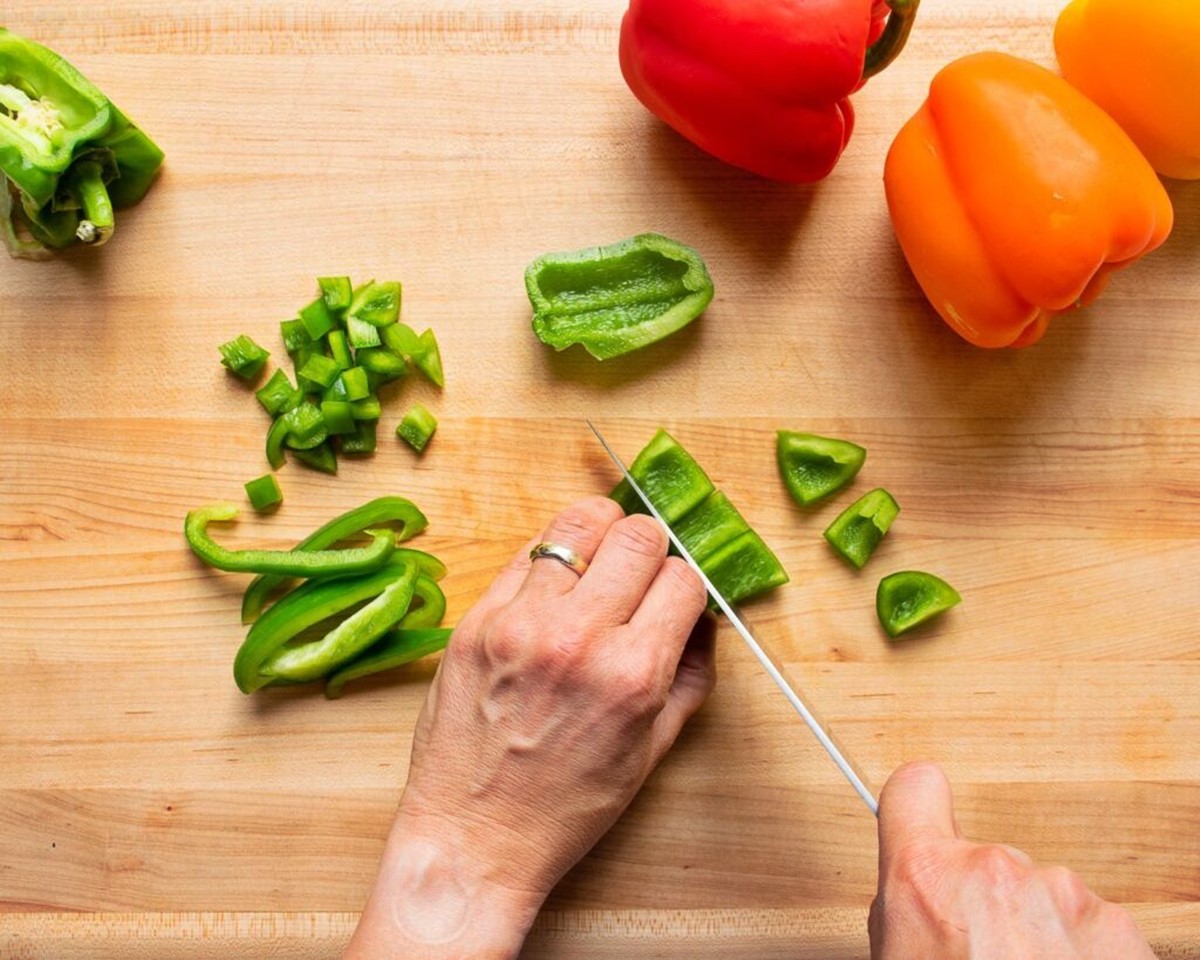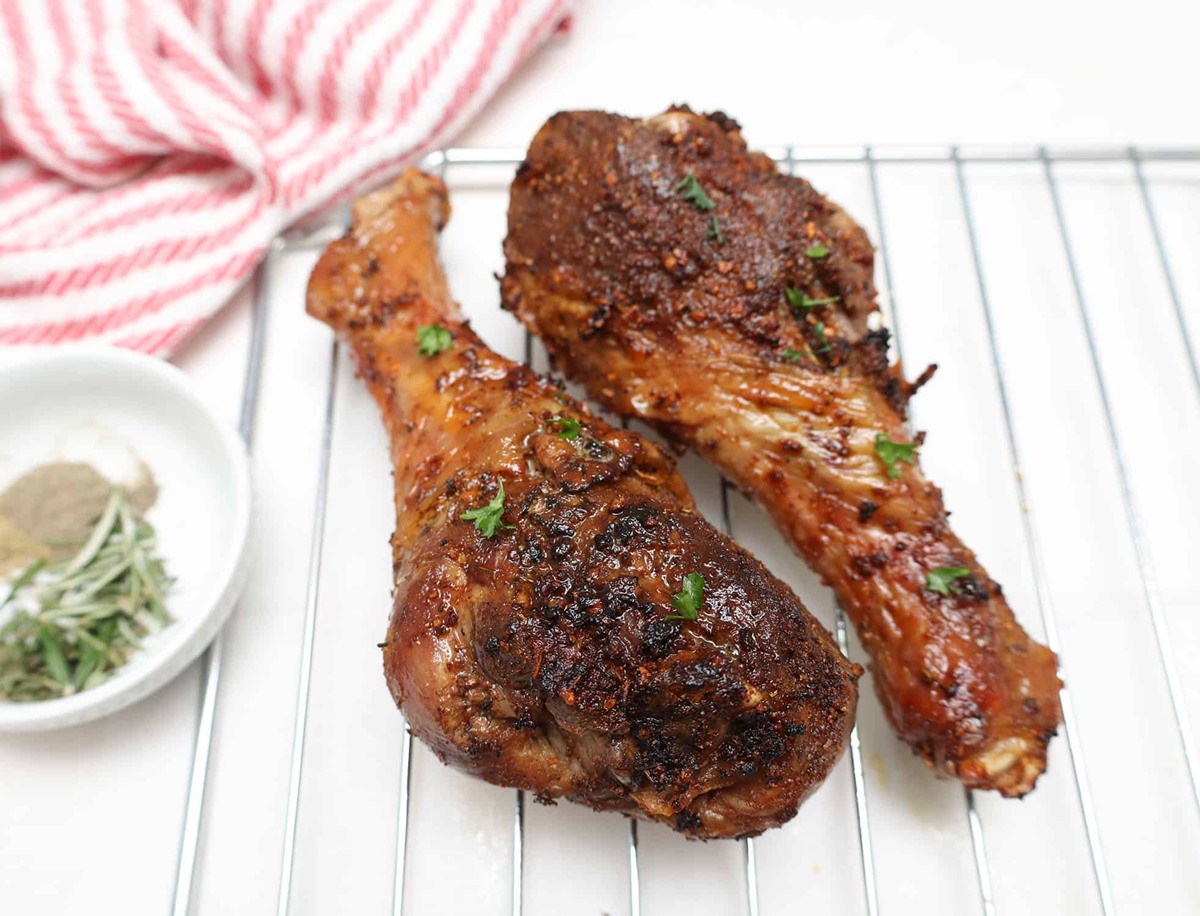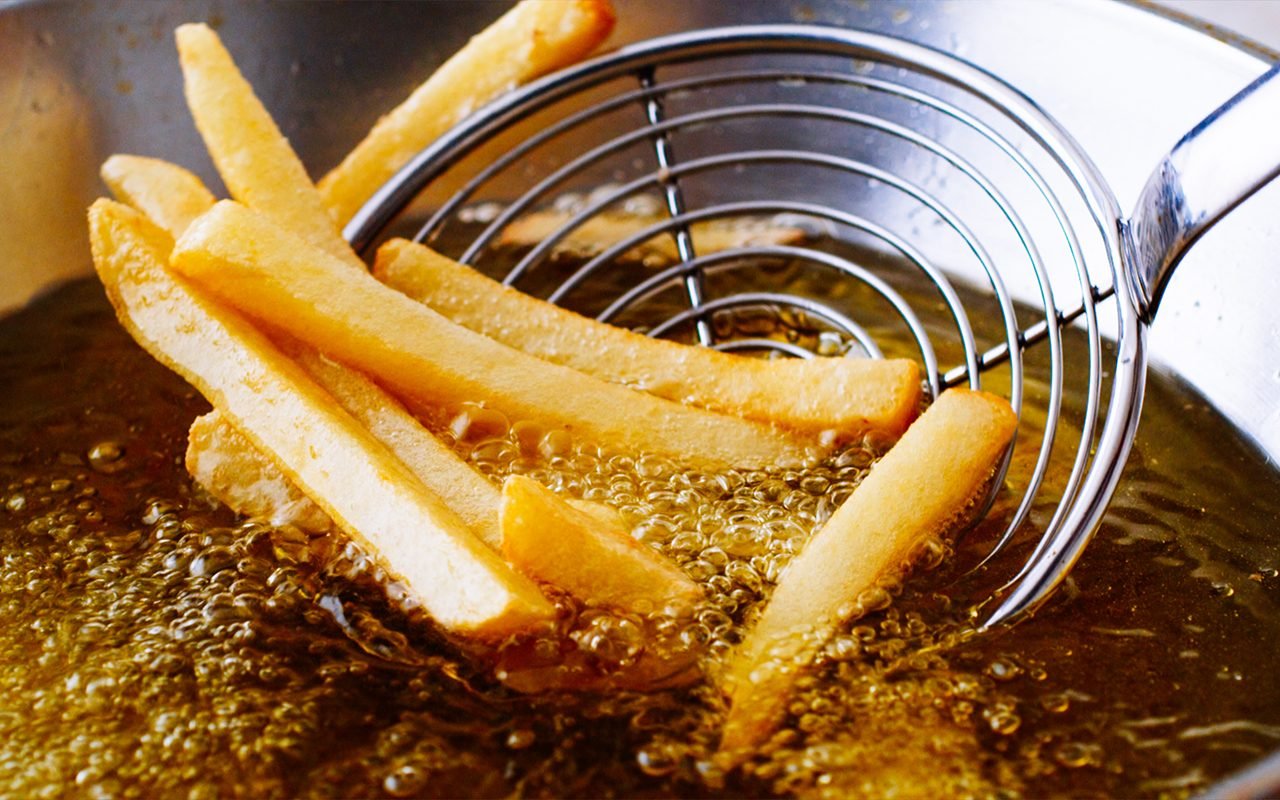Chopping thyme, a beloved herb in kitchens worldwide, requires a bit of finesse but is straightforward once you get the hang of it. Fresh thyme, with its tiny leaves clinging to woody stems, adds a depth of flavor to dishes that dried thyme simply can't match. Whether you're preparing a hearty stew, roasting vegetables, or making a marinade, knowing how to properly chop thyme can elevate your cooking. This guide will walk you through selecting fresh thyme, preparing it for chopping, and the actual chopping process, ensuring your dishes are infused with the herb's aromatic essence.
Essential Ingredients for Your Dish
- Sharp chef's knife
- Cutting board
- Fresh thyme (quantity depends on recipe requirements)
- Small bowl (for collecting chopped thyme)
Must-Have Tools and Instruments
- Sharp Chef's Knife: Essential for precise and efficient chopping.
- Cutting Board: Preferably wood or plastic to protect your knife blade.
- Vegetable Peeler: For removing the skin if necessary.
- Bowl: To hold the chopped ingredients.
- Kitchen Towels: To keep the surface dry and clean.
- Measuring Cups: For accurate ingredient portions.
- Garbage Bowl: To dispose of scraps easily, keeping your workspace tidy.
Chopping trhymr requires a sharp knife and steady hands. Start by slicing off any tough outer layers, then dice or mince the inner part based on your recipe needs.
The Importance of Mastering This Skill
Chopping trhymr—a fictional ingredient—might seem like a mystery to many. Yet, mastering this skill is essential for any aspiring chef. Precision and patience are key. With a sharp knife and steady hand, one can unlock the full flavor potential of trhymr, enhancing dishes with its unique taste.
Why do we do it? Chopping trhymr finely releases its aromatic oils, which are crucial for imparting depth and complexity to culinary creations. This technique not only improves the overall texture of a dish but also ensures that the trhymr's distinct flavor is evenly distributed throughout, making every bite a delight.
Your Step-by-Step Guide to Success
How To Chop Thyme
Chopping thyme is a skill that enhances flavor in dishes, making it a staple in culinary arts. Here's a straightforward guide to do it efficiently:
-
Gather Supplies
- Fresh thyme sprigs
- Cutting board
- Sharp knife
-
Prepare Thyme
- Rinse sprigs under cold water to remove any dirt.
- Pat dry with paper towels, ensuring they're not wet during chopping.
-
Remove Leaves
- Hold a sprig at its top end with one hand.
- With your other hand, gently slide fingers down the stem, pulling leaves off as you go.
- Discard stems, unless recipe calls for them.
-
Group Leaves
- Collect all thyme leaves into a small pile on your cutting board.
-
Chop Leaves
- With a sharp knife, carefully chop through the pile of thyme leaves.
- Use a rocking motion with the knife, keeping the tip on the board and lifting only the handle.
- Repeat until thyme reaches desired fineness.
-
Gather Chopped Thyme
- Use the knife or your hands to gather the chopped thyme into a pile.
- If needed, give it another quick chop to ensure evenness.
-
Use or Store
- Immediately use chopped thyme in your recipe.
- Alternatively, store in an airtight container in the refrigerator for short-term use or freeze for longer preservation.
Remember, practice makes perfect. With time, your speed and precision in chopping thyme will improve, enhancing your cooking with its fresh, aromatic flavor.
Mastering the Art of Thyme Chopping
Chopping thyme might seem like a small step in the grand scheme of cooking, but mastering this skill can elevate your dishes from good to great. Remember, fresh thyme adds a depth of flavor that dried thyme just can't match. With the right technique, you'll ensure that every bit of thyme contributes to the aroma and taste of your dish. Keep your knife sharp, your movements precise, and don't rush the process. Practice makes perfect, and soon, chopping thyme will be second nature to you. So, next time you're in the kitchen, grab that bunch of thyme with confidence. You're not just chopping herbs; you're crafting flavors that'll make your meals memorable.
More Delicious Recipes Featuring Chopped Thyme
Now that you've mastered the art of chopping thyme, a plethora of delightful recipes awaits your newfound skill. Put your thyme chopping techniques to good use with the Lemon Thyme Chicken Recipe, a simple yet flavorful dish that perfectly showcases thyme's aromatic qualities. For those who enjoy richer flavors, the Thyme and Garlic Butter Steak Recipe is highly recommended, providing a robust taste experience. Vegetarians can delight in the Thyme-Infused Mushroom Risotto Recipe or the Creamy Thyme and Parmesan Pasta Recipe, each offering a unique twist on classic comfort foods. Each recipe is designed to enhance your cooking repertoire and impress your palate with the versatile flavors of thyme.
All Your Questions Answered
How do I properly chop Trhymr?
First off, you'll want to ensure your knife is sharp; a dull blade can make this task harder than it needs to be. Lay the Trhymr flat on your cutting board and slice off the top and bottom to create stable surfaces. Peel off the outer layers if they're tough or inedible. Then, slice the Trhymr in half, place the flat side down for stability, and start chopping away. Remember, keeping your fingers tucked in is key to avoiding any mishaps.
What's the best knife to use for chopping Trhymr?
A chef's knife is your best bet for tackling Trhymr. Its versatile design makes it perfect for chopping, dicing, and mincing. Make sure it's well-sharpened to handle the texture of Trhymr, ensuring a clean cut without much effort.
Can I chop Trhymr in advance?
Absolutely, chopping Trhymr ahead of time can be a real time-saver. Once chopped, store it in an airtight container in the fridge. It should stay fresh for a couple of days, but keep an eye out for any signs of spoilage.
Is there a trick to chopping Trhymr without it sticking to the knife?
Indeed, there's a handy trick: lightly coat your knife blade with a bit of cooking oil. This creates a barrier that prevents Trhymr from sticking. Also, regularly wiping your knife with a clean cloth or paper towel during the chopping process helps.
What's the difference between chopping and dicing Trhymr?
Chopping generally refers to cutting Trhymr into larger, irregular pieces, while dicing means creating uniform, smaller cubes. The choice between the two depends on your recipe's requirements and your personal preference.
How do I keep Trhymr from browning after chopping?
To prevent browning, toss the chopped Trhymr in a little lemon juice or vinegar. The acid helps maintain its color, keeping it fresh and appealing. Just be mindful of how this might slightly alter the flavor, depending on your dish.
Any tips for chopping Trhymr more efficiently?
Practice makes perfect. Start by chopping slowly to get a feel for the texture and firmness of Trhymr. As you become more comfortable, you can increase your speed. Also, using a rocking motion with your knife can make the process smoother and faster.
Was this page helpful?
Read Next: How To Chop Vegetables For Veggie Pizza
